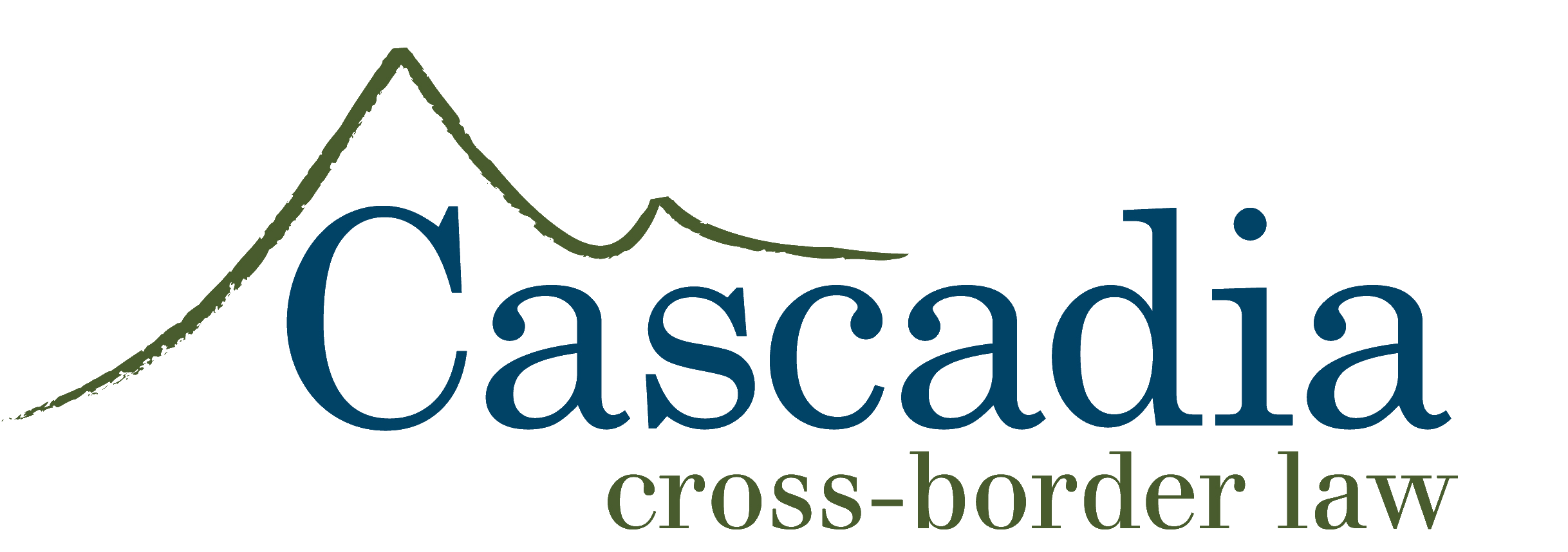USCIS announced this week that it received about 172,500 applications for H-1Bs for U.S. employers in the first week of availability for Fiscal Year 2015. The statutory cap is 65,000 slots for regular filings, and there are an additional 20,000 slots for graduates of Master’s programs or highers from U.S. institutions of higher education. The 20,000 quota was also filled. Consequently, a lottery will ensue, based on a computer-generated random process. For those who are not selected, USCIS will return the petition with filing fees.
H-Bs are specialty occupation worker petitions. Persons with at least a bachelor’s degree or the equivalent may hold an H-1B for at least up to six years, during which time some employers will sponsor them for permanent residence. The application process includes significant filing fees, sometimes rising above $3000, and employers must guarantee the U.S. government and the employee that they will pay the greater of the prevailing or actual wage for the position.
The fact that the cap filled in the first week is really not a surprise. This has happened the past few years. The number of applications filed though has increased significantly, to the point that the lottery is very real for employers and beneficiaries. Master’s grads from U.S. schools will have a bit of an edge, though. Even if they miss out on the first 20,000 spots, they then may be selected in the 65,000 pool.
What does this mean going forward? For one, employers will increasingly file for H-1B petitions for recent college graduates, even if they have more than a year left to go of optional practical training work authorization. Science, Technology, Engineering and Mathematics (STEM) grads can extend their work authorization for 17 months beyond their first year grant of work authorization. Employers who have already invested in employee training for a year won’t want to buy just one lottery ticket going forward, if the chance of selection is so uncertain. So, I expect we’ll see even more early filings for H-1Bs in years to come, until the system gets a fix.
Another issue is the once-per-year application ritual itself, otherwise known as “H-1B season.” Business doesn’t operate this way. Business needs are ever-evolving throughout the year, which Congress recognized once upon a time when it passed the American Competitiveness in the 21st Century Act. Nowadays, the The H-1B program doesn’t offer much use to the employer who determines they need a specialty occupation worker sometime later in the year.
There needs to be some way that employers can bring a key person from outside of the country during the rest of the year, without that person having to prove they are extraordinary, exceptional, or that their employment will serve the national interest. The H-1B system as currently operating lacks this needed flexibility, and that hurts the U.S.’s ability to compete in the global labor market.
Now, there are cap-exempt employers, including non-profit research organizations, institutions of higher educations, and organizations affiliated with institutions of higher education. Many hospitals fall into the latter category, due to their affiliations with medical school and nursing programs. This is noteworthy for these types of employers, and for prospective H-1B employees who might meet their HR needs.
One possible temporary fix may be to create more cap exemptions. For instance, if there is a known shortage of STEM graduates in the labor pool, perhaps a STEM exemption or STEM cap is something to look at.
Talent knows no boundaries, and for the U.S. to remain an innovator and leader of economies, there needs to be a means for employers to employ certain specialty occupation workers throughout the year.
